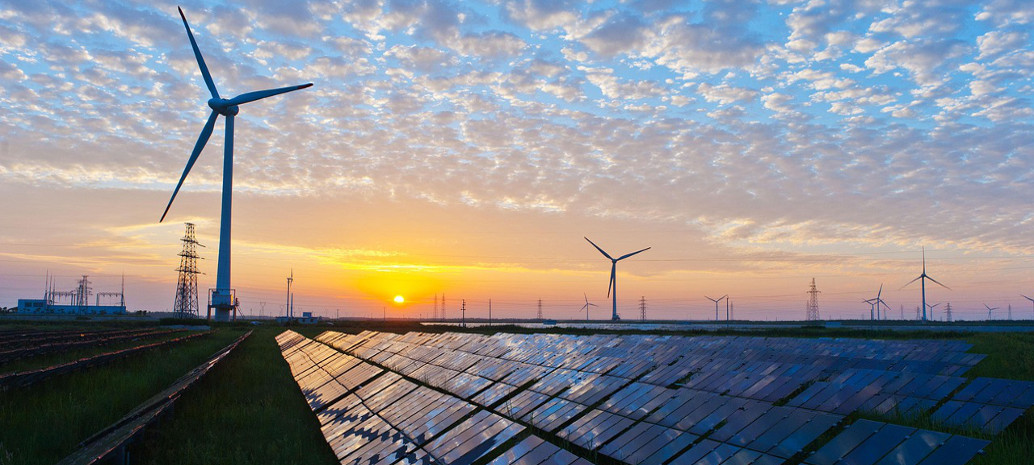The Solar Energy Commission of India (SECI) has invited proposals for the establishment of Inter-State Transmission System (ISTS)-connected wind-solar hybrid projects across India, on a build-own-operate basis for an aggregate capacity of 2,500 MW.
It will enter into power purchase agreements (PPAs) with successful bidders, and power sale agreements with the interested buying entities. The duration of these agreements shall be 25 years from the commercial operation date of the projects. The maximum tariff payable to each hybrid project developer (HPD) is fixed at Rs 2.93/kWh for the entire term of 25 years. Project selection will be technology agnostic.
Project costs and fiscal incentives
The projects are required to be designed for interconnection with the transmission network of the Central Transmission Utility (CTU) at a voltage level of 220 kV or above. Developers must set up projects, including the transmission network up to the delivery point, at their own cost. The cost of bay construction at the CTU substation shall also be borne by them, if applicable under the CTU provisions.
Bidders can avail fiscal incentives like accelerated depreciation, concessional custom duties and tax holidays available for such projects as per prevailing conditions. However, no separate central financial assistance is envisaged for the implementation of the projects.
Individual project capacity offered
The minimum size of a single hybrid project shall be 50 MW to be interconnected at a single delivery point. The rated project capacity of either of the project components (solar and wind power) must be more than 25% of the rated capacity of the other component. For example, if a hybrid project comprises 200 MW of rated wind power capacity, the corresponding solar component capacity must be a minimum of 50 MW. The hybrid project capacity for this arrangement shall be the sum of these two component capacities.
The solar project component may also be sub-divided into a number of blocks, being set up at multiple locations, if required. However, such blocks for a single solar project component shall be located within the same state. Such blocks must have a minimum capacity of 20 MW, and the blocks must be set up in multiples of 10 MW. The minimum voltage level for a single block must be 33 kV. These individual blocks must be pooled at a minimum voltage level of 33 kV, at a pooling station.
MNRE guidelines
Last month, India’s Ministry of New and Renewable Energy (MNRE) issued guidelines for these hybrid projects, under the National Wind-Solar Hybrid Policy. The guidelines provide a framework for promotion of large, grid-connected, wind-solar PV hybrid systems for optimal utilisation of transmission infrastructure and land, reducing the variability in renewable power generation and achieving better grid stability. As per the guidelines, SECI has been designated as the nodal agency for implementation of the scheme.
This content is protected by copyright and may not be reused. If you want to cooperate with us and would like to reuse some of our content, please contact: editors@pv-magazine.com.









By submitting this form you agree to pv magazine using your data for the purposes of publishing your comment.
Your personal data will only be disclosed or otherwise transmitted to third parties for the purposes of spam filtering or if this is necessary for technical maintenance of the website. Any other transfer to third parties will not take place unless this is justified on the basis of applicable data protection regulations or if pv magazine is legally obliged to do so.
You may revoke this consent at any time with effect for the future, in which case your personal data will be deleted immediately. Otherwise, your data will be deleted if pv magazine has processed your request or the purpose of data storage is fulfilled.
Further information on data privacy can be found in our Data Protection Policy.